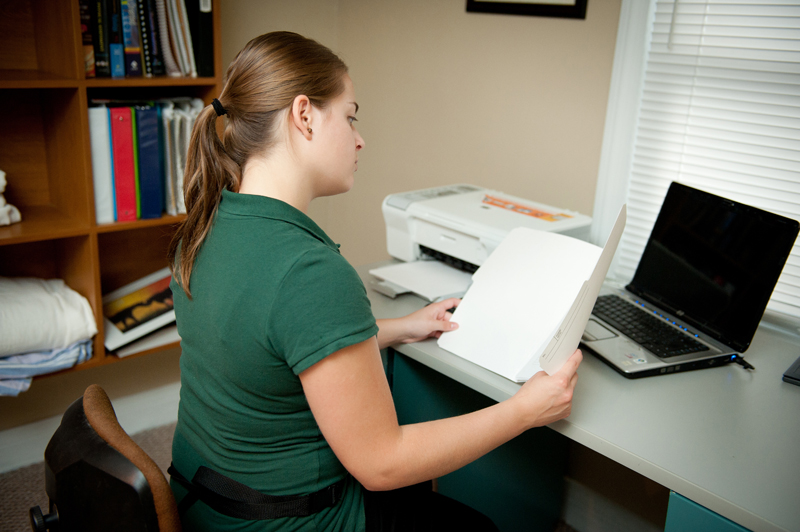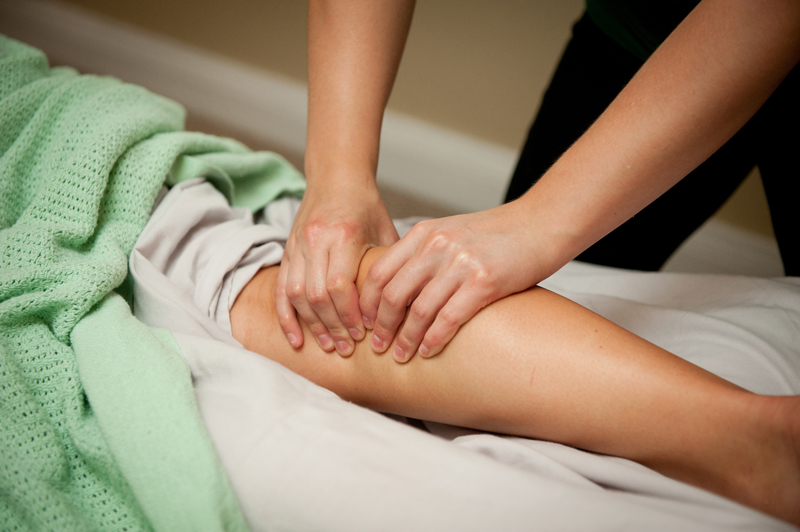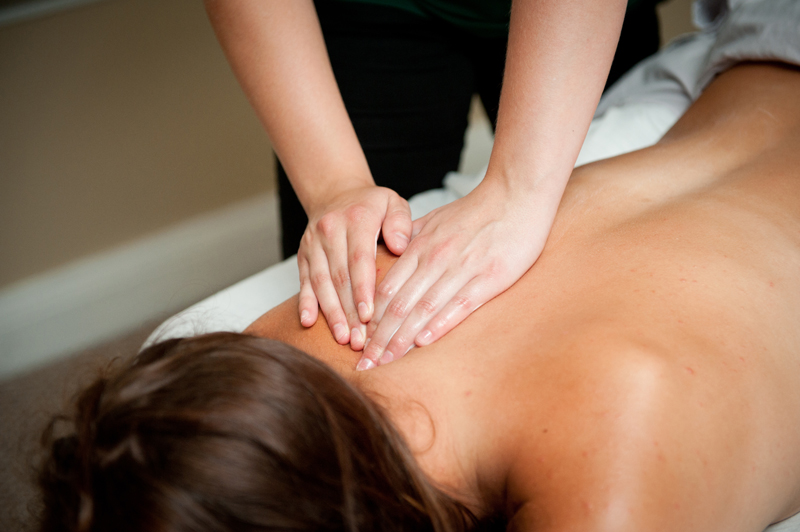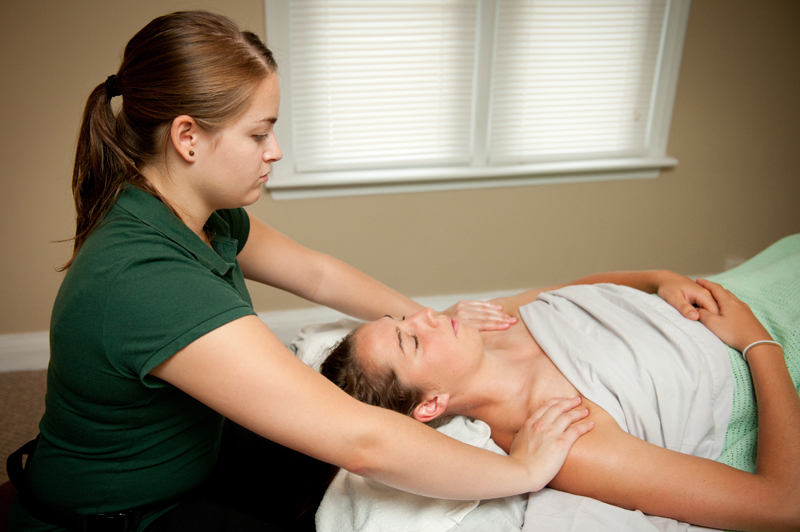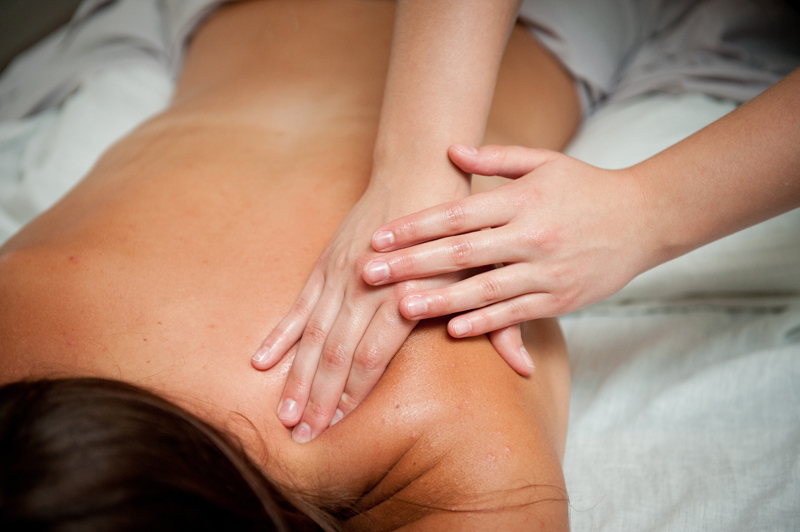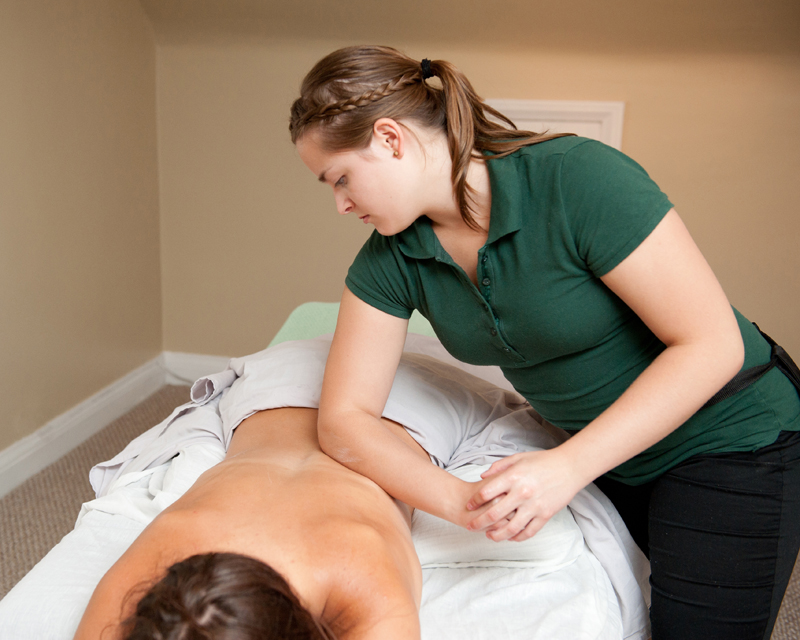Traditional Swedish massage was introduced by Swedish physiologist, Henri Peter Ling, in Stockholm, Sweden in the year 1812. This massage technique is characterized by its firm, yet calming pressure that improves blood circulation, eases muscle tension, and improves flexibility. Today, a Western-style Swedish massage still employs a series of long, gliding strokes, kneading of the muscles, and vibrational taps that are so common when one thinks of massage.
A therapist will also create friction and do whats called hacking or tapping across a clients back and shoulders to promote the release of tension. Five basic strokes gliding, kneading, vibrations, friction and hacking are all applied in the direction of the heart in order to encourage blood circulation and the disposal of bodily waste.
Sports massage is a direct descendant of Swedish massage because both techniques help heal injuries like muscle sprain and spasms. Many of the techniques of sports massage such as strokes applied in the direction of the heart are borrowed from Swedish massage. This technique is just as important for athletes as it is for relaxation. The body is encouraged to disperse lactic acids in the muscles in order to make room for a fresh supply of blood and oxygen.
Therapists will use massage oils to achieve smooth, long and deep strokes over their client’s body. Therapists apply these oils to reduce friction, and essential oils are sometimes used in order to tap into a clients olphactory senses (sense of smell).
